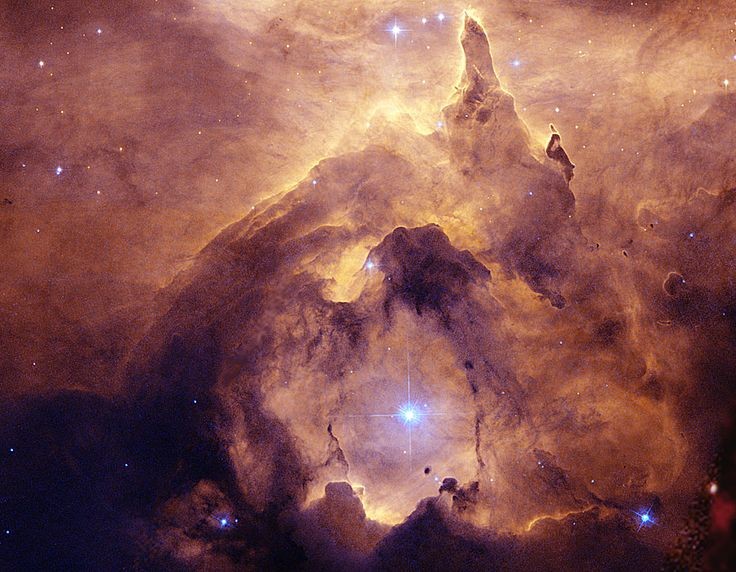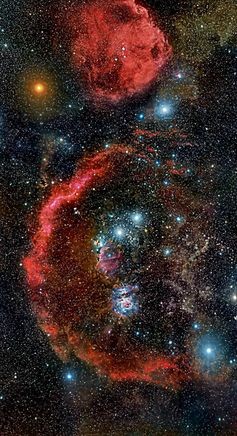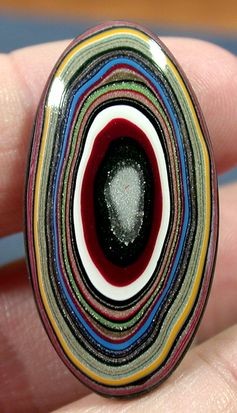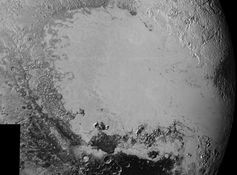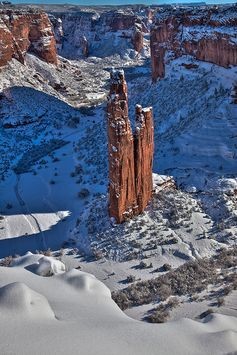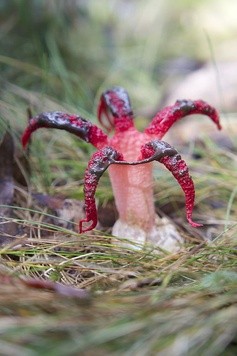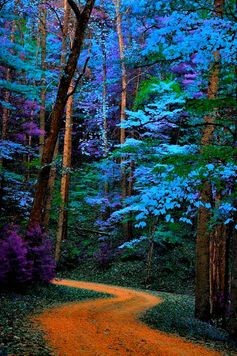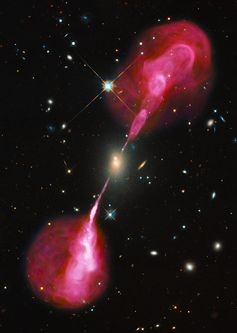You will be happier when you focus on a task than let your mind wander. #QuoteOfTheDay
Solid Fordite Cabochon RAINBOW OVAL (suzybones) ....Not Agate at all ,Its mearly a happy accident. Read more....
Oh, how I do love larches...a deciduous evergreen that turns bright gold and looses it needles in the fall!
Octopus stinkhorn fungus, Laternea pusilla Weird thing - saw these growing on La Rhune mountain in Pays Basque
Thierry Cohen made these by combining the daylight pics of the cities and the pristine skyline of the desert at the same latitude, direction, and angle. He wants to show what city dwellers would see without all the light pollution
Galaxy Hercules A in the constellation Hercules emits plasma jets nearly one million lightyears long. Image credit: NASA/ESA Hubble Space Telescope
